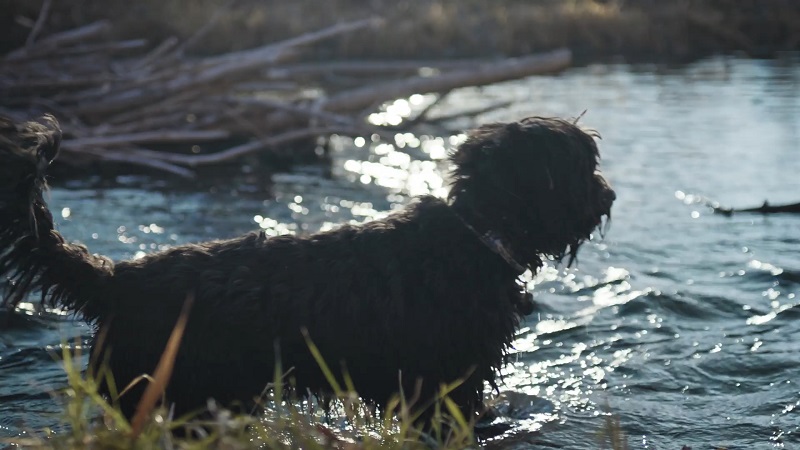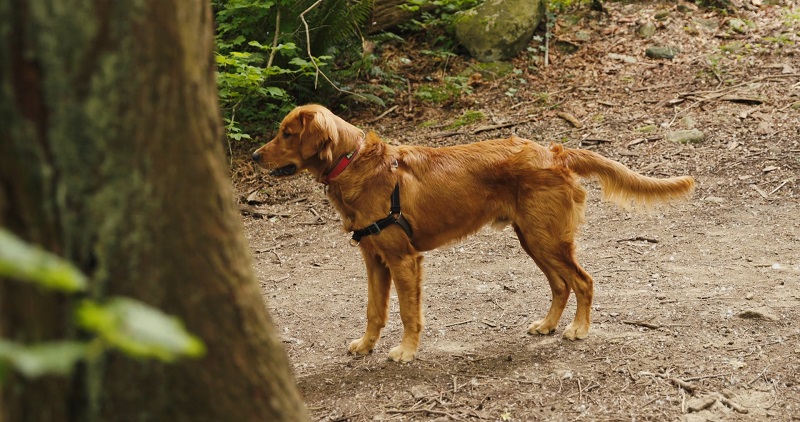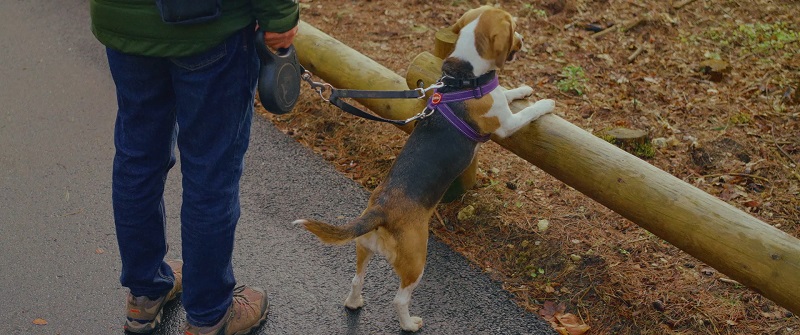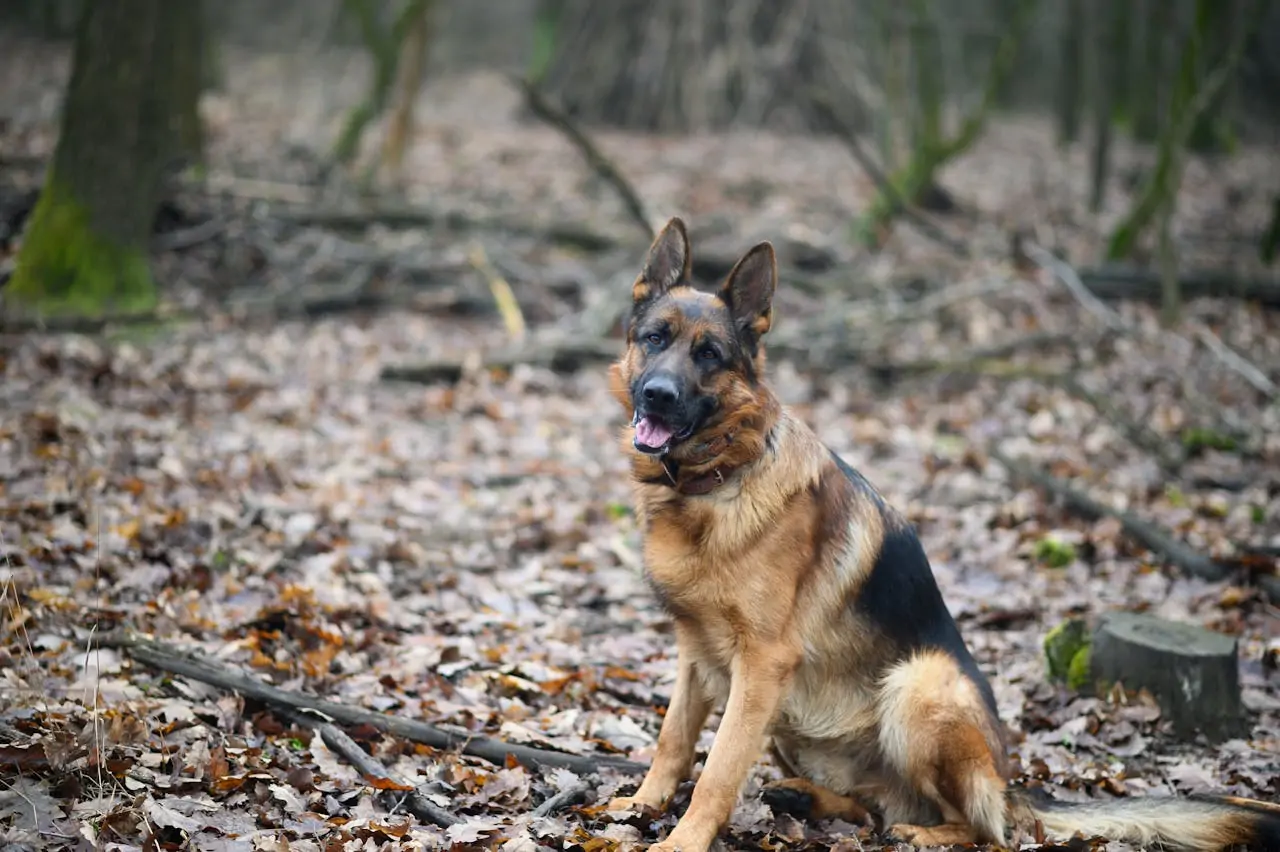Outdoor adventures with pets bring a sense of joy, companionship, and improved well-being. Hiking a forest trail, walking along a quiet shoreline, or relaxing at a mountaintop campsite becomes more fulfilling when a four-legged friend tags along.
Natural spaces are delicate, and shared environments require thoughtful actions. Irresponsible pet behavior can harm wildlife, disrupt other visitors, and degrade ecosystems.
Key principles such as preparation, hygiene, control, and respect for nature ensure that pets can enjoy these spaces without causing harm. Responsible actions make outdoor exploration sustainable for all.
Table of Contents
ToggleKnow Before You Go
Preparation sets the tone for a safe and respectful outdoor experience with pets. Responsible recreation begins long before setting foot on a trail.
Research, timing, and knowledge of the natural setting help prevent unnecessary harm while enhancing the quality of the outing.
To make planning easier, several practical bullet points are included.
Research Regulations & Pet Policies

Every outdoor destination has its own management guidelines. These rules serve not only to protect natural spaces but also to ensure a safe environment for all visitors.
While some areas welcome pets, others place strict limitations or full bans based on environmental impact or visitor safety.
Key things to look for before you go:
- Some places allow off-leash play, while others require full control at all times.
- Areas near wildlife breeding sites or fragile plant habitats may exclude dogs entirely.
- Even within a park, certain trails may differ in pet permissions.
- Breeding seasons or migration periods might bring temporary pet bans.
- Some parks outline specific trails or loops for pet use.
Reviewing park websites, posted signage, and digital maps provides up-to-date information. Park rangers and visitor centers also offer guidance and updated rule changes.
Learn About the Ecosystem Sensitivity of the Area

Each environment has its own balance that can be disrupted by careless movement. Some terrains are more fragile than they appear.
Alpine areas, desert crusts, wetlands, and tundra ecosystems often regenerate slowly after disturbance.
Even light contact by paws or boots can scar surfaces, introduce foreign bacteria, or trample nesting sites. Keeping pets confined to durable surfaces protects more than just plants.
Key terrain types to watch for:
- Alpine meadows: Slow-growing vegetation easily damaged by trampling.
- Wetlands: Muddy, delicate areas that filter water and support diverse life.
- Cryptobiotic soil: Found in deserts, this living soil structure is essential and easily destroyed.
- Coastal habitats: Nesting grounds for shorebirds or fragile dunes require special care.
Staying on marked trails minimizes impact and protects unseen life just beneath the surface.
Choose Low-Traffic Times
Timing your visit makes a noticeable difference in your pet’s behavior and the experience of others. Less crowded trails offer more freedom and reduce stress.
Wildlife becomes more visible, and other visitors are less likely to feel uncomfortable around pets.
Ideal times for a quieter outing include:
- Early mornings: Cooler temperatures, fewer people, and more active wildlife.
- Mid-week visits: Parks and trails tend to be busiest on weekends.
- Off-season periods: Consider shoulder seasons when tourist traffic decreases.
Lower traffic reduces the likelihood of negative interactions between pets, strangers, or other animals. It also lowers the cumulative impact on trails and habitats.
Clean Up After Your Pet – Always
Outdoor areas offer a chance to enjoy peace, fresh air, and connection with nature, but they also demand a high level of responsibility.
Pet waste is one of the most common issues reported in shared green spaces. Many pet owners assume it’s harmless or that nature will handle it, but that’s far from the truth.
Cleaning up after your dog is more than a polite gesture; it’s essential for protecting fragile ecosystems, preserving clean water, and ensuring others can enjoy their time outdoors without unpleasant surprises.
Environmental Reasons

Pet waste is not part of the natural nutrient cycle.
Unlike wildlife droppings, which come from species already adapted to the local ecology, dog feces contain chemicals, artificial diets, and bacteria that disrupt balance.
- Pet waste carries harmful pathogens like E. coli, giardia, and salmonella that can make their way into waterways.
- High nitrogen and phosphorus levels in dog feces promote algae overgrowth in lakes and rivers.
- Soil impacted by repeated contamination loses its natural filtration capacity and may experience altered plant growth.
Left unattended, these impacts accumulate, affecting native plants, wildlife, and public health.
Responsible Practices

Preparation is key. Heading into nature without the tools to clean up after your pet leaves room for neglect.
Make cleanup automatic by incorporating the following actions into every outing:
Carry biodegradable waste bags: Avoid plastic bags that take years to degrade.
- Fragile environments and wet zones may require an extra layer of containment.
- Use odor-proof and leak-resistant bags or containers for storage during long hikes.
- When available, these bins are maintained with environmental standards in mind.
Even when no bins are in sight, the rule is simple, pack it out. Leaving dog waste behind in remote settings contributes to the same problems as in busy parks.
Leash and Control Etiquette
Bringing pets into natural environments calls for more than enthusiasm and a water bowl. Behavioral control is essential.
People, wildlife, and ecosystems all react to the presence of dogs in different ways. Proper leash use and consistent discipline keep situations calm and predictable.
Consideration for Others

Some visitors enjoy solitude, others may fear dogs, and many have had negative past experiences.
A dog, even if small and quiet, can evoke anxiety in others. Respecting personal boundaries means keeping pets close and controlled at all times.
Key considerations include:
- Keep pets leashed unless signs clearly permit off-leash walking.
- Maintain enough leash length to give freedom while staying close to you.
- Use a short, non-retractable leash in crowded or narrow trail areas.
- Avoid letting pets approach other hikers or animals without invitation.
Politeness begins with predictability. Dogs darting around freely or charging up to strangers, even playfully, can cause distress.
Training Matters
Untrained dogs create chaos on trails. Loud barking, lunging at wildlife, or bolting after another dog turns a peaceful outing into a stressful event.
Control starts with preparation at home and consistent reinforcement in the field.
Training priorities should include:
- Loose leash walking without pulling.
- Reliable recall, even with distractions present.
- Quiet behavior in new or stimulating environments.
- No jumping, barking, or sniffing people or gear uninvited.
Regular practice, firm commands, and positive reinforcement go a long way. Dogs should treat the outdoors as an extension of their home training space, not an excuse for wild behavior.
Control Noise and Behavior
Natural spaces provide a refuge not only for people but also for wildlife seeking quiet and safety. Introducing unnecessary noise, especially through pet behavior, disrupts this balance.
Barking echoes across valleys, trails, and forests, impacting animals and diminishing the experience for fellow hikers and campers.
Maintaining control over pet noise is essential. In this section, several effective prevention methods are highlighted through bullet points for easy reference.
These habits reflect a broader commitment to responsible pet care—something especially valued in urban environments.
In a bustling and pet-friendly city like New York, where green spaces and community parks are part of everyday life, being a responsible pet owner is more important than ever. Looking to turn your love for pets into a side income? Explore pet care jobs in New York and support responsible ownership while helping others care for their animals.
Managing Barking
Excessive barking often startles wildlife and causes animals to abandon areas critical for feeding, nesting, or resting.
Human visitors may also feel disturbed by continuous barking, especially when seeking solitude.
Repeated disruptions could even lead to restricted pet access in certain areas.
Prevention Tactics
Barking doesn’t happen without reason. Identifying and addressing the causes allows for proactive solutions. Most dogs bark due to:
- Excitement during high-energy activities
- Fear triggered by unfamiliar animals, people, or surroundings
- Boredom during periods of inactivity
- Lack of mental or physical stimulation
To reduce these issues, take the following actions:
Introduce mental engagement
Use puzzle toys, scent work, or simple command games to keep pets mentally focused during rest periods.
Ensure physical exhaustion before arrival
Walk or play with your pet before starting the hike or entering a quiet area.
Use positive reinforcement training
Reward calm behavior with treats or praise. Reinforce silence with consistent cues such as “quiet” or “settle.”
Avoid overstimulation
Maintain a moderate pace, use shaded rest spots, and bring familiar items like a blanket or toy to soothe your pet.
Monitor your dog’s stress levels
Watch for signs like pacing, heavy panting, or whining, which may indicate rising tension that can lead to barking.
Summary
Shared responsibility defines success in outdoor recreation with pets. A mindful pet owner safeguards both the environment and the experience of others.
Natural spaces can continue to welcome pets when visitors commit to proper conduct. Cleanliness, control, and respect go a long way.
Staying informed, prepared, and attentive allows both people and pets to thrive in nature without causing harm or disruption.







